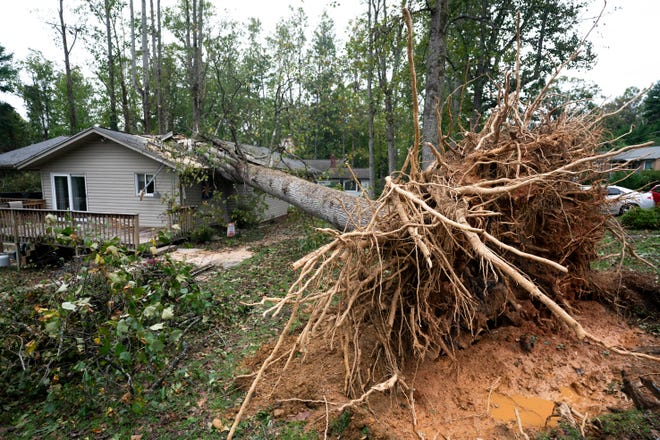Rising Homeowners Insurance Costs Are Scaring Away Millions of Americans
The increasing cost of homeowners insurance is causing many Americans to forgo coverage, despite growing risks that insurance typically mitigates. According to the Federal Reserve’s Economic Well-Being of U.S. Households report released in May 2025, 7% of all homeowners surveyed – over 12,000 respondents – lacked insurance, with significant geographical discrepancies.

When asked why they didn’t have homeowners insurance, 43% of uninsured homeowners cited unaffordability, while 19% believed “it is not worth the cost.” Homeowners with limited financial resources were most likely to be uninsured. Nearly 3 in 10 homeowners with incomes below $25,000 or those whose only asset was their home went without insurance.
The Federal Reserve’s findings align with a report by the Consumer Federation of America (CFA) published in early 2024, which found that approximately 7.4% of American homeowners – representing 6.1 million homes – lacked insurance. The CFA report noted that homeowners earning under $50,000 per year are twice as likely to be uninsured compared to the general homeowner population.
The situation is particularly dire for certain demographic groups. According to the CFA, 22% of Native American homeowners, 14% of Hispanic homeowners, and 11% of Black homeowners lack insurance, leaving them vulnerable to climate disasters and storms.
Recent research by data analytics provider First Street, released in May 2025, found a direct correlation between lack of insurance and foreclosures. The consequences extend beyond individual homeowners, affecting broader communities. When storms hit and homeowners fall into delinquency, tax revenue for municipal services decreases, local economic demand weakens, and property values may stagnate or decline.
The high cost of insurance is a significant factor in this trend. Data from the CFA shows that in 2024, the average premium for a typical homeowner with a midrange credit score and a $350,000 home replacement value was $3,303 per year, or $275 per month. First Street’s analysis indicates that insurance costs began surging around 2013 and, by 2022, made up over 20% of the typical mortgage payment – roughly triple the 7-8% seen in the previous decade.
To address this issue, the CFA recommends greater transparency in the insurance industry, including annual public disclosure of underwriting, pricing, coverage, and claims data. The organization also suggests investing in housing resiliency and offering lower premiums to homeowners who implement climate risk reduction upgrades.
“The pace of rapidly rising premiums is increasingly unsustainable,” the CFA warned, highlighting the urgent need for reform in the homeowners insurance market.


